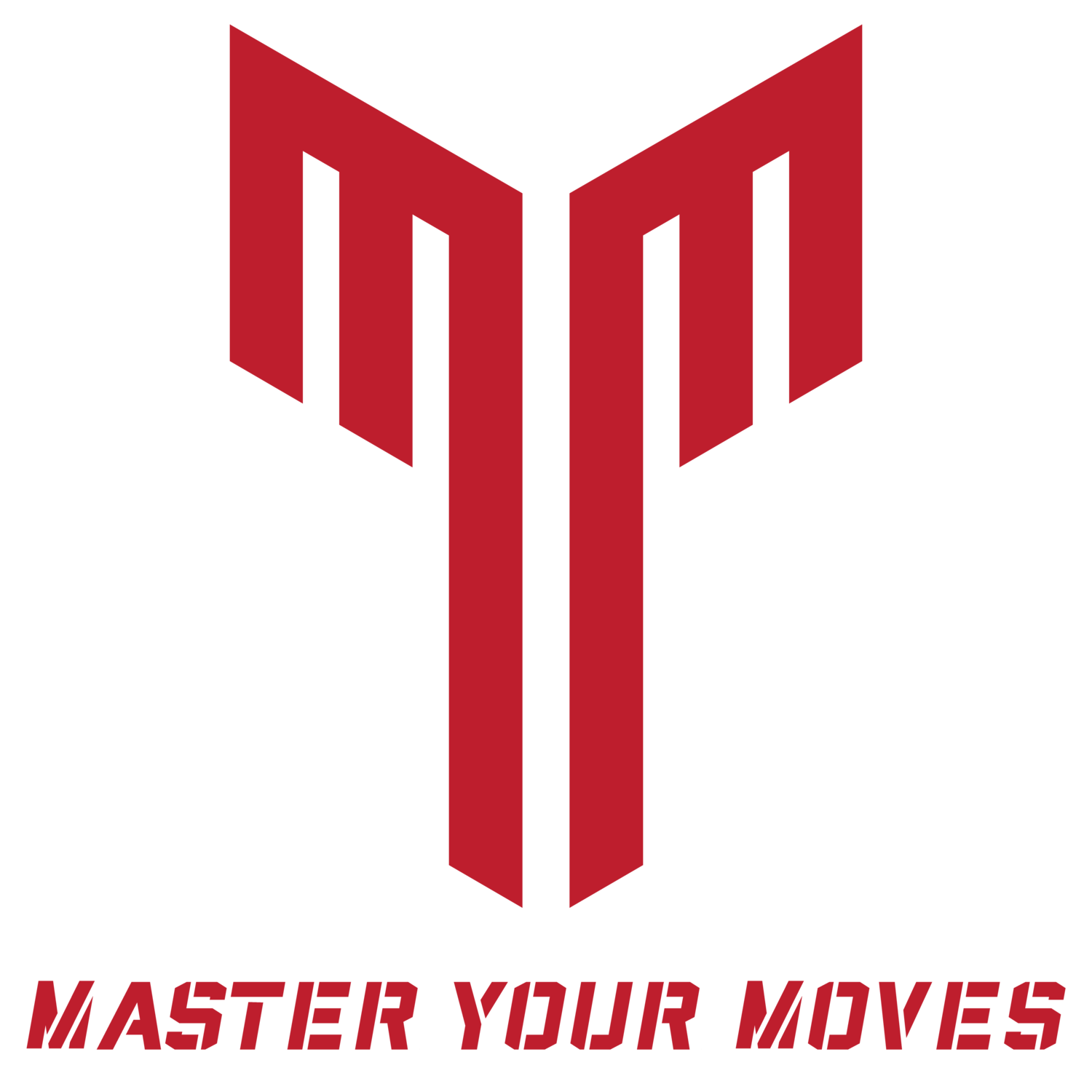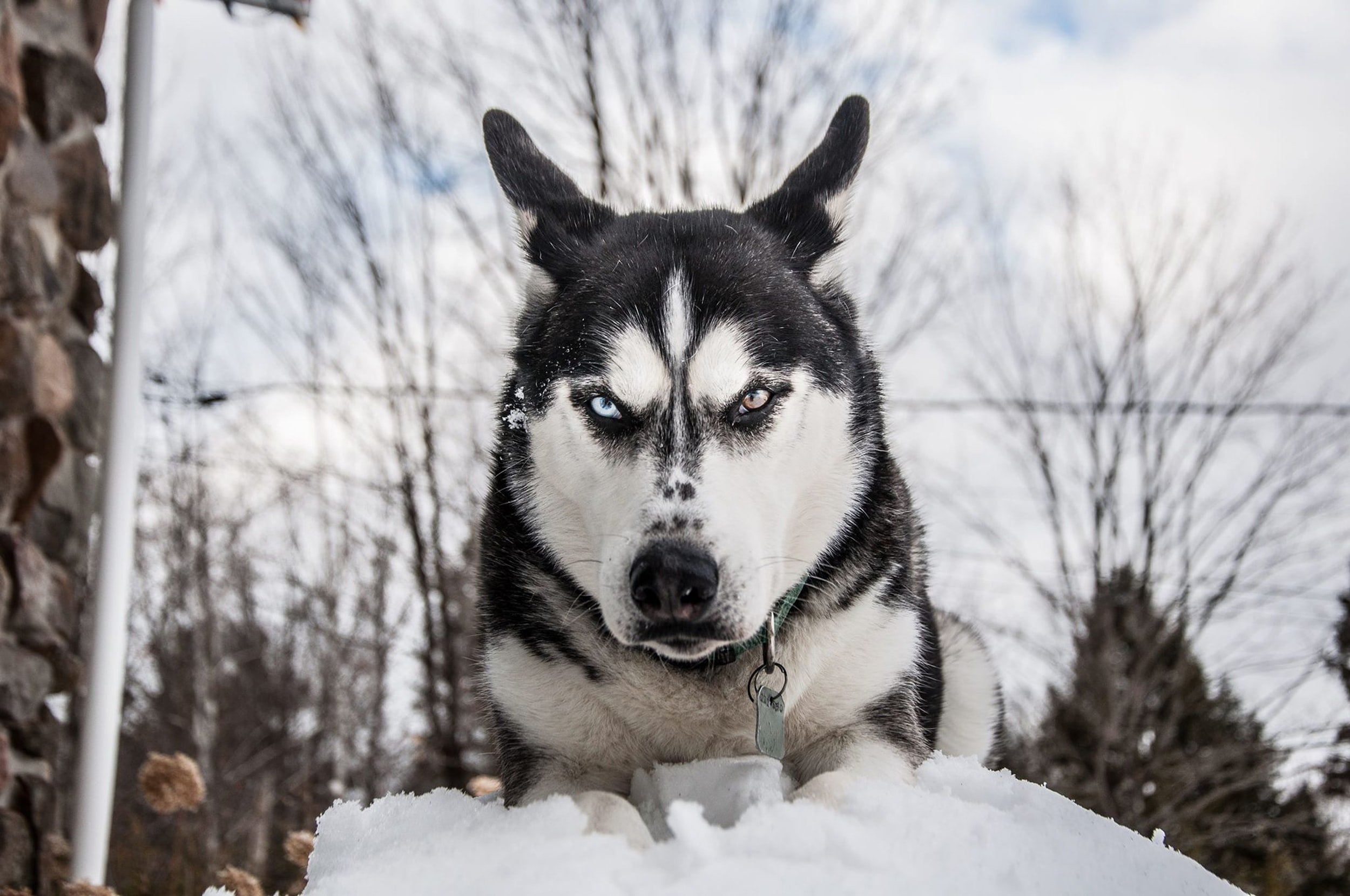Look for These 9 Things to Size an Adversary Up and Win the Fight
Be like the wolf when you size someone up for a fight.One of the best things about learning martial arts such as boxing, bjj, or mma is that you learn how to size someone up for a fight, which gives you personal confidence and strategic awareness. Sizing someone up means to take their measure, to analyze them and decide what sort of opponent they are, how they're going to act in a fight, and inform what you should do - take the offense, defend, or flee. Here are 9 things to look for to help you figure out how to fight a potential opponent. (In the comments, add what you look for to size someone up in a fight.)
1. MOVEMENT
Movement is an important part of any combat scenario, whether it's a match in boxing, MMA, BJJ, wrestling, etc. or a street fight for your life. It's important to analyze the speed and agility of your adversary as they move. How do their feet move towards and away from you? How do they use their hands, head, and feet? Are they trying to fake you? How do they react to your moves, as well? Are they quick to flinch or shrink back, or do they come forward aggressively no matter what? Can they block your movements or are they flailing? Also, pay attention to their body language and facial expressions, as these can give you valuable insight into their intentions. Lastly, note their overall balance and center of gravity. This will give you clues as to how to get them off-balance, counter their moves, and find openings. In short, movement is key to success in any fight. If you have time before you fight an opponent, use part of it to discover how they move and their habits, as this knowledge can give you an advantage in any battle.
2. DOMINANT HAND
Knowing the dominant hand of your opponent in a boxing, MMA, BJJ, self-defense, or street fight can be critical. Southpaws, or fighters who lead with their right, are uncommon and can take some getting used to if you're not used to them. No matter the hand, the rear hand is likely the power shot. Knowing which hand your opponent favors and which hand is the power shot can help you determine the best offensive/defensive/counter-offensive strategy. For example, if your opponent is a southpaw and you know their rear left hand is their power shot, you will likely circle to your opponent’s right to avoid. If your opponent is a right-handed fighter and you’re right handed also, it is easier for you both to get inside than if you were each facing a southpaw. Knowing your opponent's dominant hand can give you a tactical edge in any fight.
3. HAND POSITION
Hand position is an important part of all martial arts, from Tae Kwan Do to Kung Fu to Ninjitsu to boxing to MMA to street fighting. In any fight situation, you want to be aware of your opponent's hands and how they are positioned. This gives you an idea of what kind of fighting skills your opponent has and what style, if any, they are using. Are they up in a guard position, or are they at ease? If they are up, what kind of guard are they using? Are they moving their hands around to fake you out? These are all important details that help you decide how to strike, defend, or counter an opponent. Knowing the answers to these questions can help you make the right decision. It's also important to remember that your hand positioning should always be fluid and responsive, to help you adapt to your opponent's movements.
4. SIZE
When it comes to fighting, size matters. You should never underestimate your opponent's size, as it can make all the difference in a fight. For example, if your opponent is big and beefy, expect them to try to land haymakers, grab and bear hug you, or throw you. In this case, you'll want to be prepared with evasive footwork, have your hands up, and speedy counters from boxing, kickboxing, or MMA. On the other hand, if your opponent is small and lean, they may move swiftly to your inside and strike quickly. And if you’re facing a tall and lanky opponent, they’ll likely use their long limbs to strike from odd angles and control the distance. These points are relevant whether you’re competing in combat sports or training to survive street fights. Knowing your opponent's size and how best to use it to your advantage can be the difference between winning and losing. So always take size into account in a fight.
5. STANCE
How your opponent stands is a key indicator of their style. Broadly speaking, you will first notice whether they are in a defensive crouch or an aggressive stance ready to strike. Next, observe if their stance is wide or narrow All of these factors will give you clues as to what kind of fighter they are and what style they use. A boxer would typically have a more shoulder-length stance, move in a shuffle, and have a chin-down forward lean. A wrestler, on the other hand, may stand in a low stance, ready to shoot at you with “t-rex hands.”. A karateka might stand with their feet parallel or at an angle for maximum mobility. And a muay thai kickboxer might with hands high up and a “front foot on toes” stance, ready to launch a kick, knee, or elbow at any moment. By looking at your opponent's stance, you can get a better sense of their technique and anticipate what kind of defense and offense you need. So be sure to pay attention to your opponent's stance and you can gain an advantage in your fight.
6. CLOTHING
When it comes to a street fight, clothing can play a huge role in protecting you and reducing the range of motion of your opponent. Protective gear like gloves and a thick jacket has thick padding against punches or kicks and reduces bodily harm, while flip-flops can hinder your opponent's ability to move and attack. Additionally, tactical clothing can provide a strategic advantage. Clothing like anti-grappling t-shirts can make it harder for you to grab your opponent, while reinforced clothing can make it harder for you to land a good punch or a kick. In situations like these, it pays to pay attention to what your opponent is wearing. Knowing what they have on can help you plan your self-defense tactics accordingly.
7. WEAPONS
When it comes to self-defense and tactical situations, weapons and weapons of opportunity are important factors to consider. Weapons such as knives, pistols, and bats are obvious weapons that you can spot. But you also must be aware that around you are many innocent-looking things that your or opponent may use as a weapon, such as a cane, an umbrella, or a pen. And certain items are very useful as improvised weapons, such as steel-toed boots, a scarf, or a belt. This “see anything as a weapon” mentality is drilled in the Spec Ops community and in Filipino martial arts, where weapons training is a part of their training. They are all taught to be prepared to survive with improvised weapons. Even if you’re not doing weapons training of any kind, at least be aware of all the readily available potential weapons your opponent can find. This will help you to stay one step ahead and be ready to face any challenge that comes your way.
8. BODY PARTS
In any competitive martial art, such as boxing, MMA, or Brazilian Jiu-Jitsu, it's important to consider the size and physical characteristics of your opponent. Even if they are smaller than you, they may have unusually sized body parts that can help them against you. For example, they may be short but have long limbs, making it difficult to grapple or defend against them. Alternatively, they may be very limber and have the ability to contort their bodies in ways that make it hard for you to strike or submit them. Additionally, they may have a thick neck that is difficult to grip or a large frame that allows them to absorb more punishment. Knowing what physical advantages your opponent may have can help you adjust your strategy and increase your chances of victory. Understanding your opponent's body type and size is key to success in any martial art.
9. ATTITUDE
For fighters, attitude is key. Whether you're in a boxing ring, MMA cage, martial arts dojo, or Brazilian Jiu-Jitsu match, a fighter’s attitude can determine the outcome of a fight. While skill is undoubtedly important, an aggressive and determined fighter can prove to be a formidable opponent, even when they're unskilled. It's important to remember that attitude can overcome skill, and even the most inexperienced fighter can surprise you with their resilience and drive. This is why it's important to stay focused and never underestimate an opponent, even if they appear unskilled or scared. An aggressive and determined fighter can be a dangerous one and can surprise even the most experienced fighters. So, stay sharp, stay focused, and never underestimate the power of attitude in the fight.
*******
These tips are part of the Master Your Moves (MYM) Method, a system of learning based on neuroscience, sports psychology, and practical experience to help you be the best performer in martial arts. Designed for beginners and applicable to all martial arts from Boxing, Brazilian Jiu Jitsu, Judo, Muay Thai, MMA, Karate, Taekwondo, Jeet Kune Do, Wrestling, and more! To learn more about the MYM Method, go here. To get the latest news and updates on MYM content, products, and events, subscribe here. Get these useful tips and spread the word.
Follow / Like / Subscribe: Twitter * Instagram * Facebook * YouTube * Reddit
Until next time, Make Moves or Meditate ~ Danny Indio M.B. 🥷🏽✌🏽

